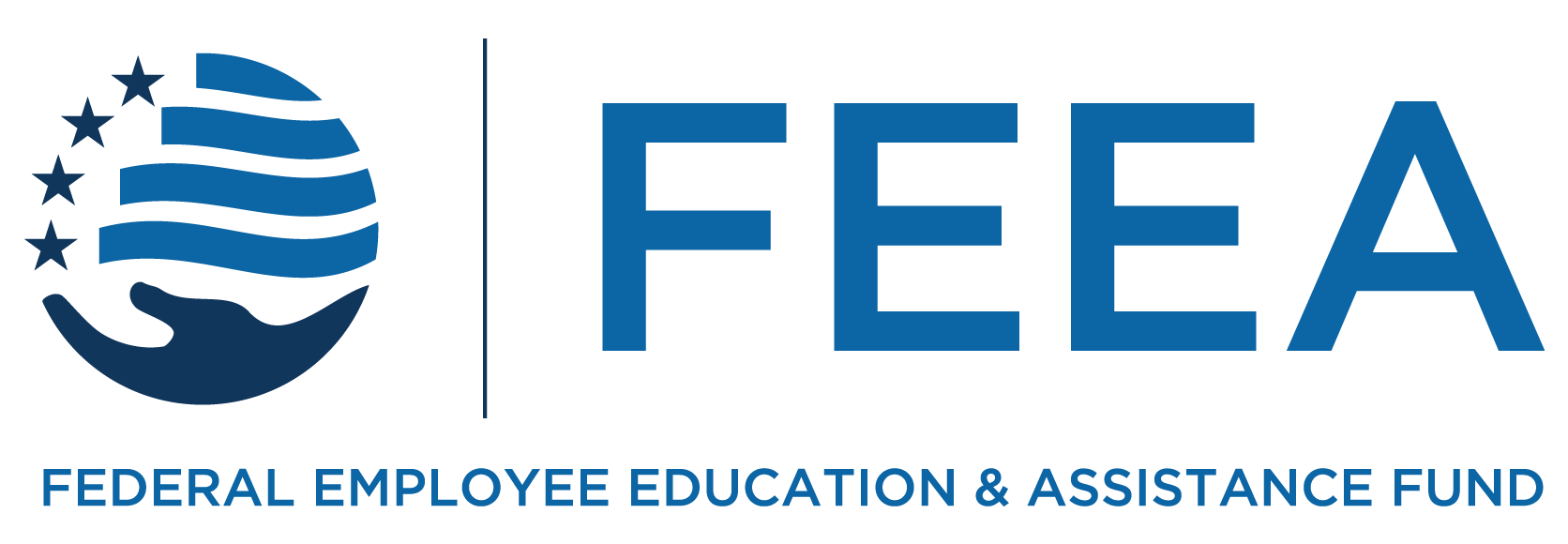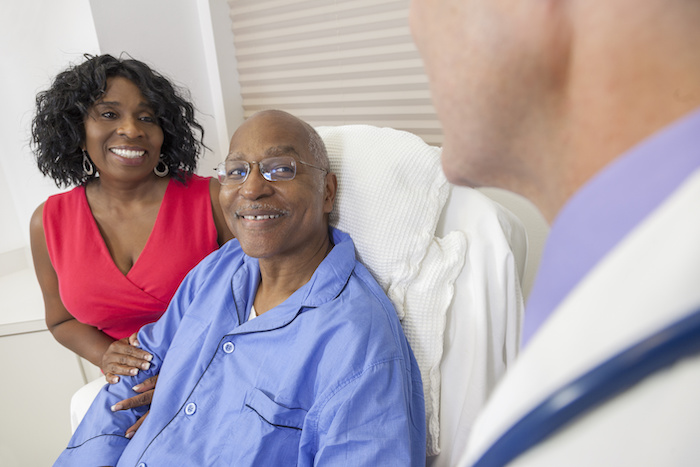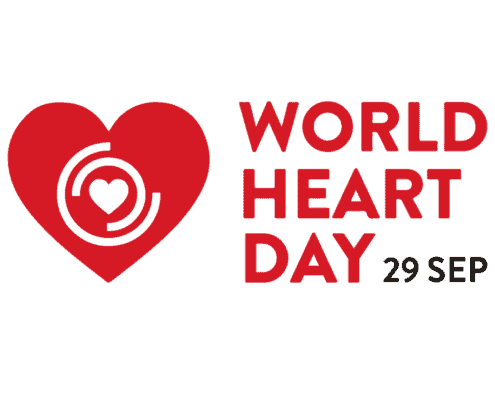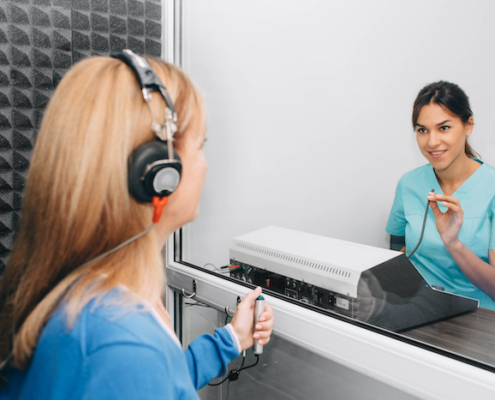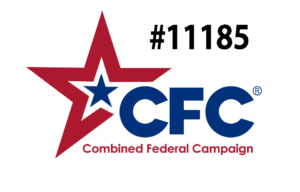by Joyce Warner, FEEA Executive Director, and Stacy Outlaw, WAEPA Senior Vice President of Marketing
Transcript for Video
[Video Start]
[Video presented with written slides in English]
[music]
[FEEA #FEDLIFEHACKS logo with a light bulb at the top encased by a blue box.]
How to be an Effective Patient Advocate
[An image of a HIPAA document that reads, “Health Insurance Portability and Accountability Act, a 1996 Federal law that restricts access to individuals private medical information,” sits in an image with a folder that reads “Confidential” and a stethoscope.]
Having a HIPAA release can be crucial
If your loved one isn’t able to communicate, having a HIPAA release that names you as someone medical professionals can share information with can save a lot of time and headaches.
[An image of a document reading, “Power of Attorney for Health Care Decisions”.]
Make sure you have the right documents
Making health care decisions on behalf of a patient is different from just receiving information and will require a legal health care proxy or durable medical power of attorney
[an image of an older Caucasian man smiling as he opens the door.]
Help pack for overnight stays
Whether hospital or rehabilitation stay, home comforts like charging cables, photos, and reading material can make it more pleasant.
[An image of a man’s arm writing on a notepad]
Take good notes
Keeping track of your loved one’s symptoms, medications, and other relevant issues can help make the most of appointments with doctors
[An image of a female doctor standing in front of two male doctors in the background]
Check in with the care team
Especially in a busy hospital, find out who your care team members are, when to expect updates, and who to contact with questions.
[An image of an African American woman speaking to an older African American man at a dining room table]
Have care conversations early
Try to discuss treatment options and general care preferences with your loved one before a crisis happens. If they’re unable to speak for themselves, you’ll want to know their wishes.
For more information on this topic, visit feea.org/patientadvocate
[WAEPA Logo.]
FEEA thanks WAEPA for contributing to our #FedLifeHacks program
[FEEA #FEDLIFEHACKS logo with a light bulb at the top encased by a blue box.]
[music]
[Video End]
We know from our conversations with federal employees that many serve as patient advocates for their loved ones during times of accident or illness. This can be a stressful time for both the patient and the advocate. We’ve pulled together some tips to help you more easily navigate the role.
More from FEEA
SUBSCRIBE TO FEEA’S NEWSLETTER
The information provided in this piece is for your convenience and informational purposes only and not to be construed as professional advice. FEEA and its coauthors and sponsors are not liable for any losses or damages related to actions or failure to act with regard to the content in this piece.
Would you like to reprint this piece in your agency human resource, federal employee association, or union local newsletter? You can do so at no cost by contacting admin@feea.org with your request.
